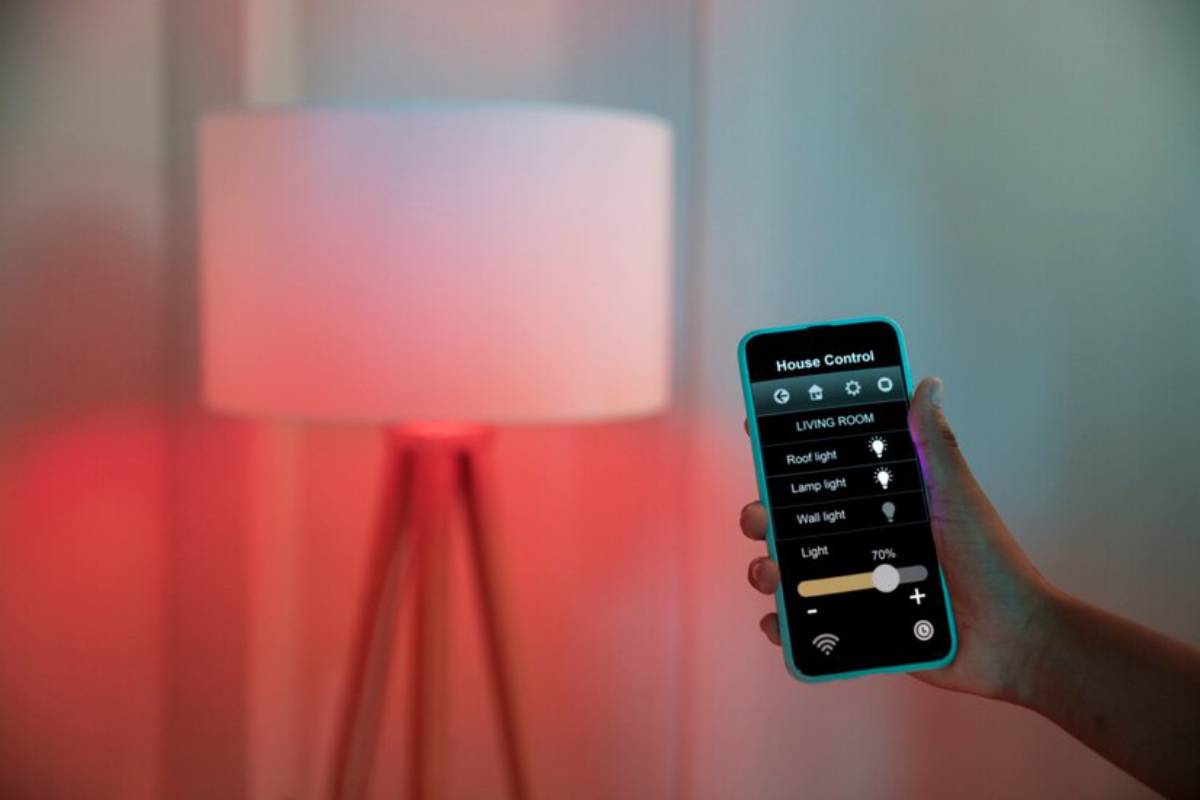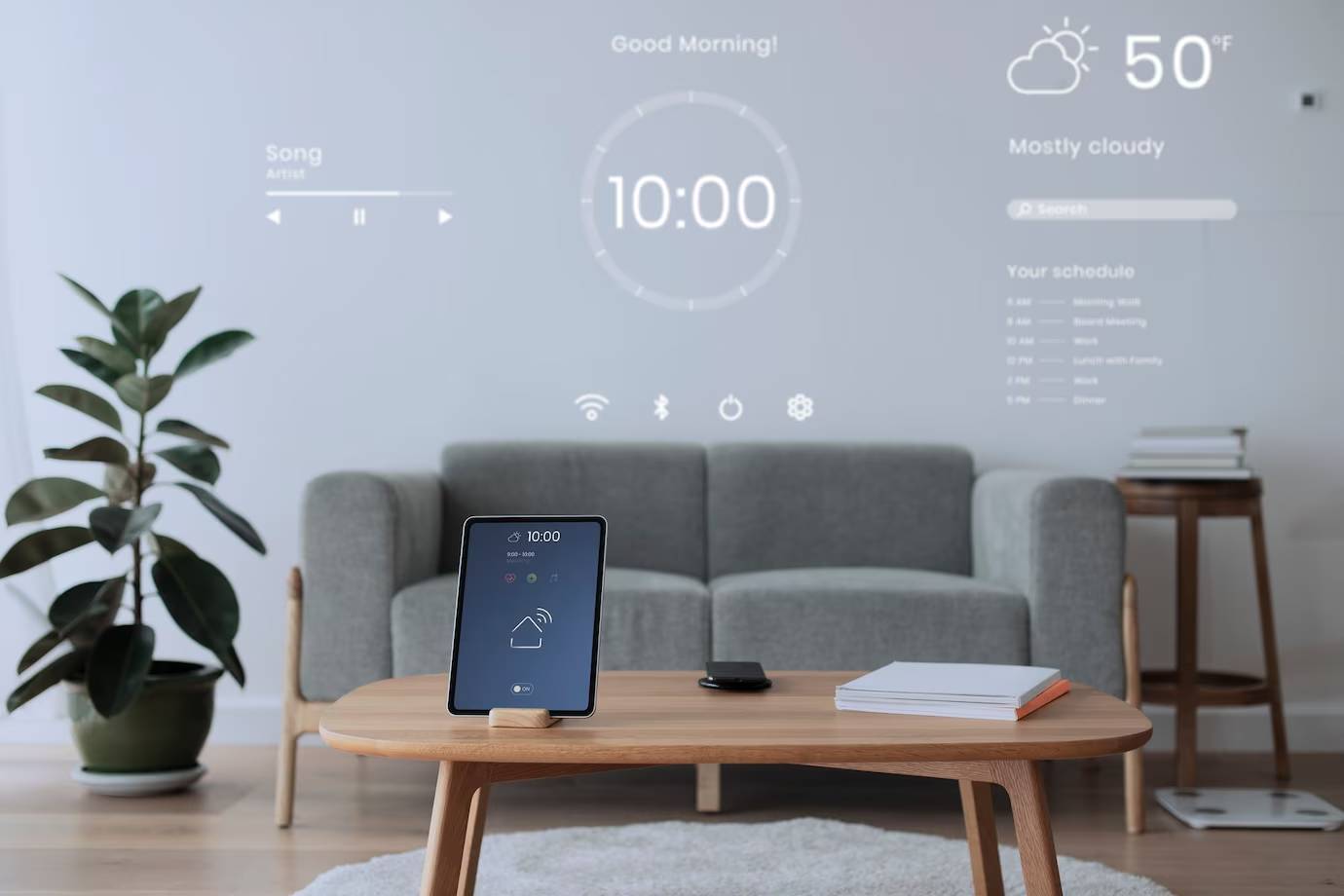
Integrating Natural Light Sensors for Smarter Lighting Control
Smart homes are no longer a futuristic concept—they are a rapidly evolving reality. From thermostats that learn your habits to doorbells that see who’s at your door, automation is reshaping the way we live. One of the most elegant and efficient aspects of this revolution lies in lighting. Natural light sensors can change your home’s atmosphere, energy use, and function with great accuracy.
Automated lighting control syncs indoor lights with the sun’s natural rhythm. This improves comfort and looks, while also saving energy and extending bulb life. Light sensors and smart home integrations are key to modern living. They help tech-savvy homeowners and anyone wanting to cut utility bills.
This article covers how natural light sensors work. We’ll also look at how to add them to your system. Plus, we’ll discuss the benefits of daylight tracking for a smarter, greener home.
What Are Natural Light Sensors?
Natural light sensors, also known as ambient light sensors or photocells, are devices that detect the intensity of surrounding light. When installed within a smart home ecosystem, they allow your lighting system to respond dynamically to changing light levels.
How They Work:
- The sensor measures current natural light levels, usually in lux (lumens per square metre).
- It sends this data to a controller or smart hub.
- Based on predefined rules or real-time data, artificial lights are dimmed, brightened, or turned off entirely.
These sensors are the key component of automated lighting control, where artificial illumination complements natural light instead of overriding it.

Why Integrate Light Sensors in a Smart Home?
1. Energy Efficiency
One of the main advantages is reduced electricity usage. Artificial lights are only used when necessary and never more intensely than required.
2. Comfort and Wellbeing
Light affects mood, focus, and sleep cycles. Natural light synchronisation supports circadian rhythms, helping you stay alert during the day and wind down at night.
3. Seamless Automation
With customised routines, your lights adjust automatically at different times of day or under varying weather conditions—no manual switches required.
4. Extended Bulb Life
Dimming lights or reducing usage time directly prolongs the life of your LED and smart bulbs.
5. Adaptability for Every Room
From sun-drenched conservatories to windowless hallways, daylight tracking ensures each space is lit appropriately and efficiently.
Where to Use Light Sensors in Your Home
The most effective implementation of light sensors smart home systems considers both function and environment. Here’s where they work best:
Living Rooms and Lounges
Adjust lighting intensity based on morning sun, cloudy afternoons, or dusk. Combine with smart blinds for total environmental control.
Home Offices
Maintain consistent brightness for focus without over-illumination. Particularly helpful during seasons with variable daylight.

Bedrooms
Allow morning light to guide gentle wake-up routines, and ensure artificial lights fade naturally in the evening.
Kitchens and Dining Areas
Create responsive brightness for meal prep or family dinners, adjusting as the sun sets.
Hallways and Staircases
Trigger low-level lights during darker hours for safety, and let them turn off when sunlight fills the space.
Core Components of an Automated Lighting System
To effectively integrate natural light sensors, you’ll need a combination of hardware and software. Here’s what a typical setup includes:
1. Light Sensors
Devices such as:
- Philips Hue Outdoor Sensor (which includes daylight detection)
- Lutron Caseta Wireless Daylight Sensors
- Aqara Motion and Light Sensor (Zigbee-compatible)
2. Smart Bulbs or Fixtures
These should be dimmable and compatible with your preferred smart ecosystem (e.g. Alexa, Google Assistant, Apple HomeKit).
3. Smart Hubs or Controllers
This is where sensor data is processed and routines are executed. Options include:
- SmartThings Hub
- Apple HomePod Mini
- Amazon Echo with Zigbee integration
4. Automation Software
- Built-in apps (Hue, Lutron, etc.)
- Home automation platforms like Home Assistant or IFTTT for advanced custom routines
Creating Smart Lighting Routines with Daylight Tracking
To maximise the benefits of automated lighting control, it’s crucial to configure routines based on real-world light levels rather than fixed schedules.
Example Scenarios:
Morning Routine:
- When natural light rises above 200 lux, gradually dim and turn off bedroom lights.
- If lux remains below threshold (e.g. cloudy weather), keep lights at 40%.
Daylight Boost:
- In a north-facing home office, if natural light drops below 150 lux, increase desk lamp to 60%.
Evening Ambience:
- As lux drops below 100 (sunset), transition main lights from cool white to warm white.
- At nightfall, set all lights to 20% or initiate bedtime scene.
Pro Tip:
Link light sensors with smart blinds or curtains for complete daylight tracking control. When the sun shines brightly, blinds adjust to prevent glare and indoor lighting dims accordingly.
Integrating Voice Assistants and Scene Control
Voice assistants can enhance the experience of your smart home security system by offering simple, spoken control over your lights. You can create scenes like:
- “Alexa, it’s movie time” → Dims lights based on current lux level
- “Hey Siri, reading mode” → Activates lamps only if natural light is insufficient
- “Ok Google, start the morning” → Opens blinds and fades up lights in overcast conditions
These scenes can adapt dynamically thanks to real-time light sensors smart home data, providing both luxury and logic in your lighting.
Challenges and Considerations
While the benefits of automated lighting control are extensive, a few challenges should be considered before installation:
Initial Setup Cost
Sensors and smart bulbs require upfront investment. However, the long-term savings on energy and bulb replacements can offset this.
Compatibility
Not all sensors work with all smart systems. Confirm integration options with your existing devices before purchasing.
Sensor Placement
Improper positioning can skew lux readings—avoid direct sunlight or shadow-prone corners. Position sensors where natural light changes are most noticeable.
Privacy Concerns
While light sensors alone don’t gather personal data, combining them with other smart devices warrants careful consideration of security settings and permissions.
Future Trends in Smart Lighting and Daylight Integration
Smart lighting technology is continuously evolving, with new features being introduced regularly. Look out for:

AI-Powered Automation
Some systems use artificial intelligence to learn your preferences and light behaviour over time, automatically adjusting without manual programming.
Energy Grid Integration
Smart lights may soon adjust their usage based on real-time energy pricing or renewable energy availability.
Wellness-Centred Lighting
Lighting will go beyond home protection. It will also help with mental health. By mimicking natural light patterns, it can boost mood and productivity.
Smarter Lighting, Smarter Living
Integrating natural light sensors into your smart home ecosystem goes beyond convenience. It’s about making a space that smartly adjusts to its surroundings. This improves wellbeing, efficiency, and looks—all without any effort.
You can create a home that saves energy with just a few sensors and smart devices. It will know how to light your life at any time of day.
Take action today: Begin by installing a light sensor in your most-used room. Pair it with a smart bulb, set up a basic routine, and witness the power of automated smart lighting control in real time. Once you’ve experienced the shift, there’s no going back.


